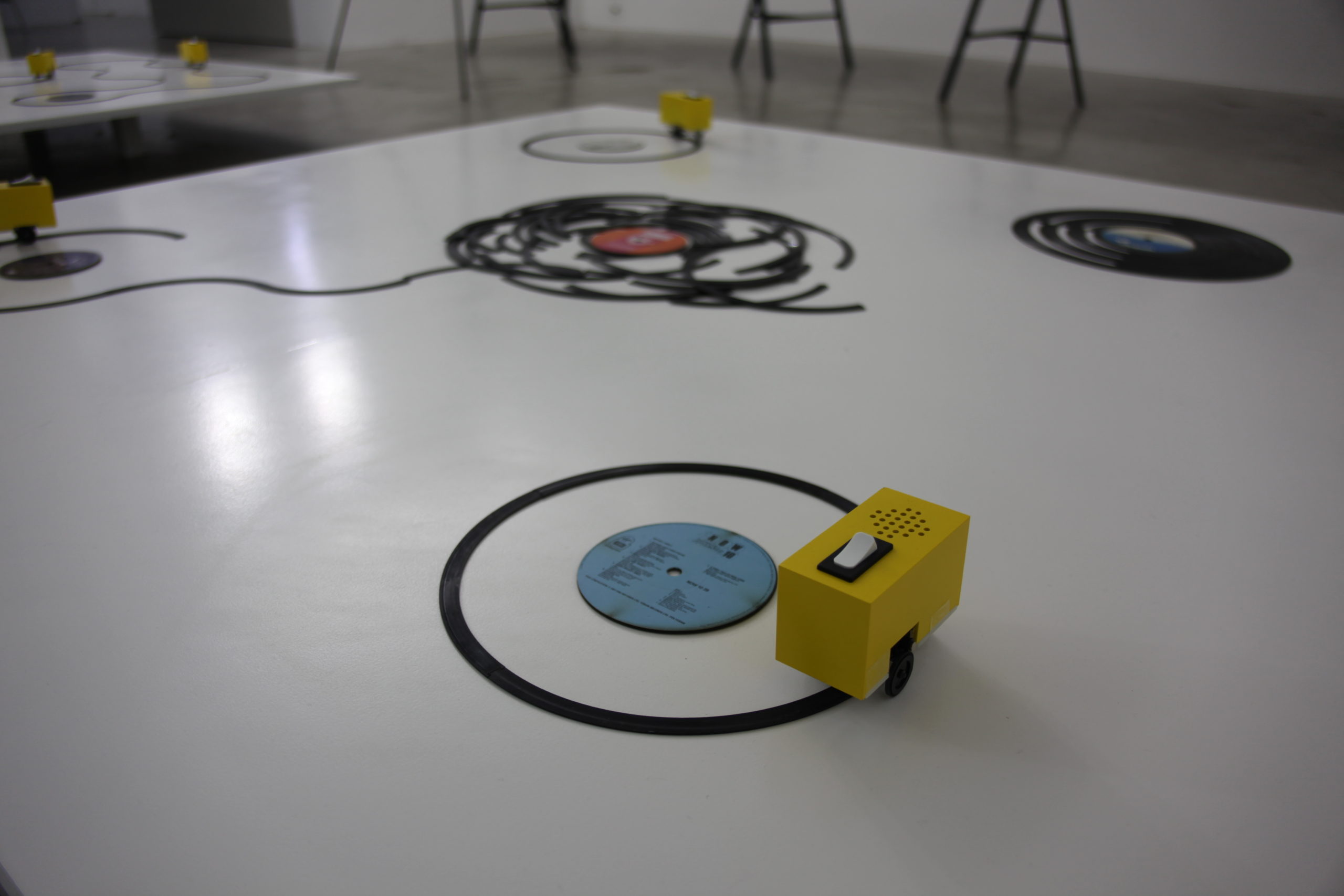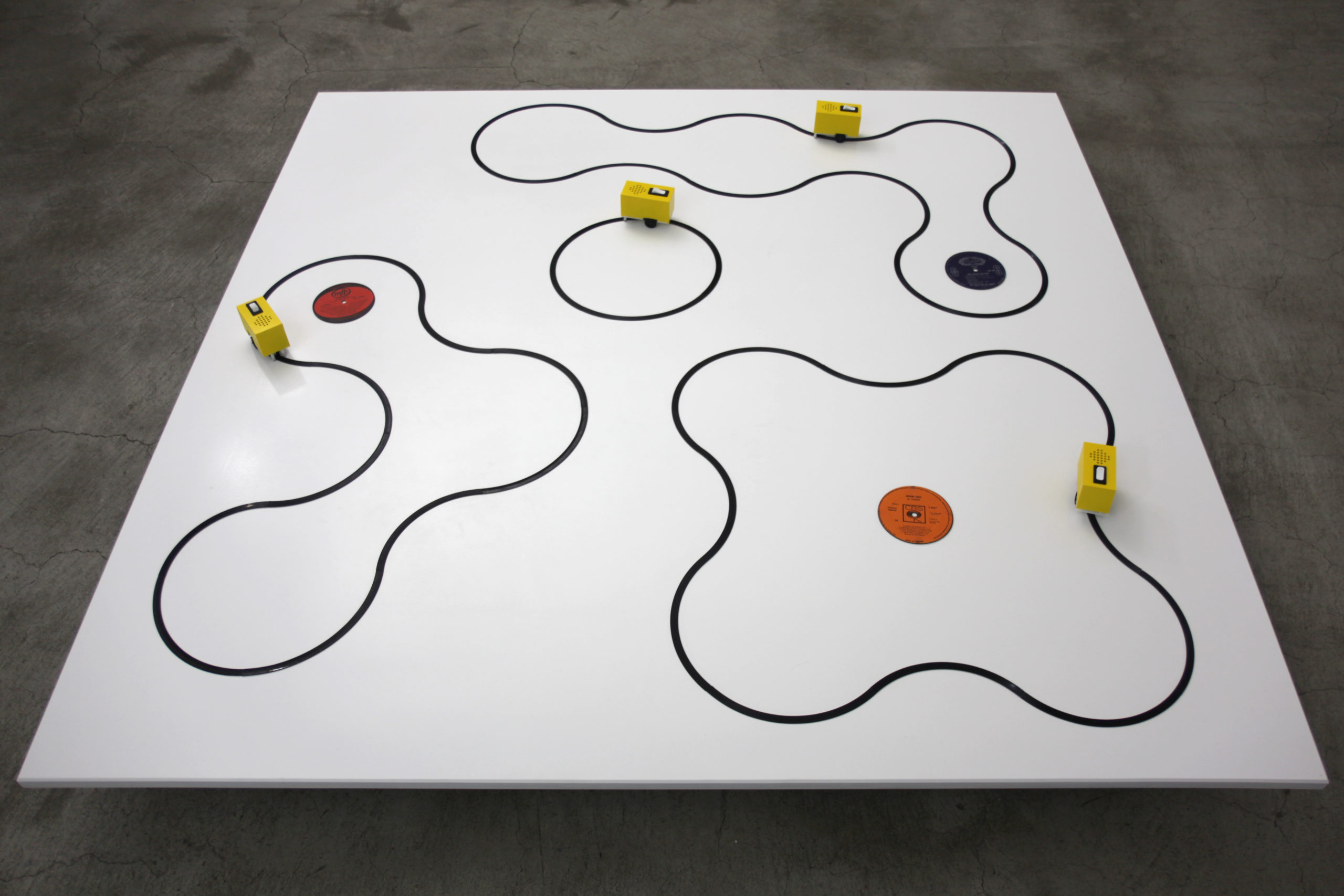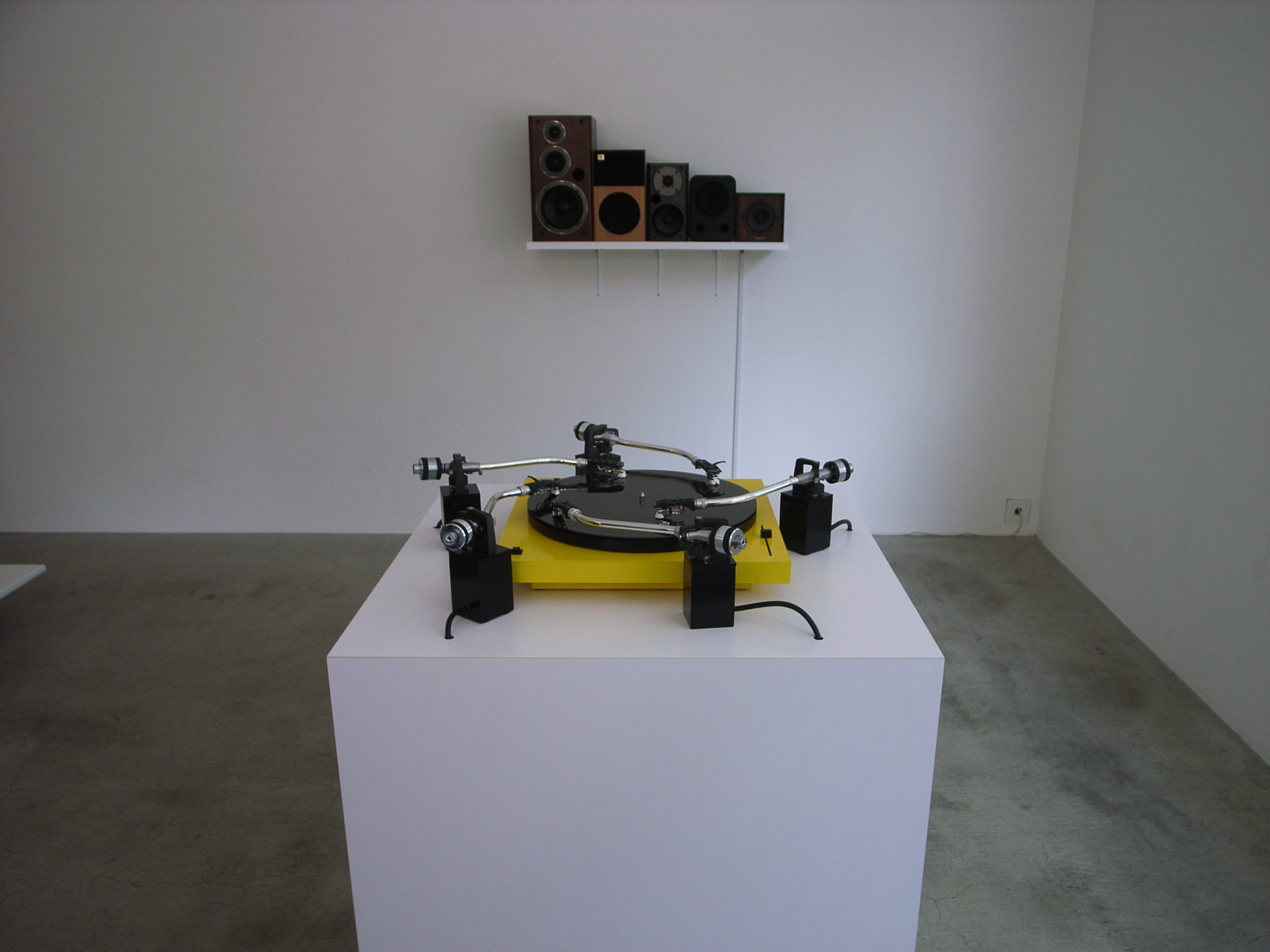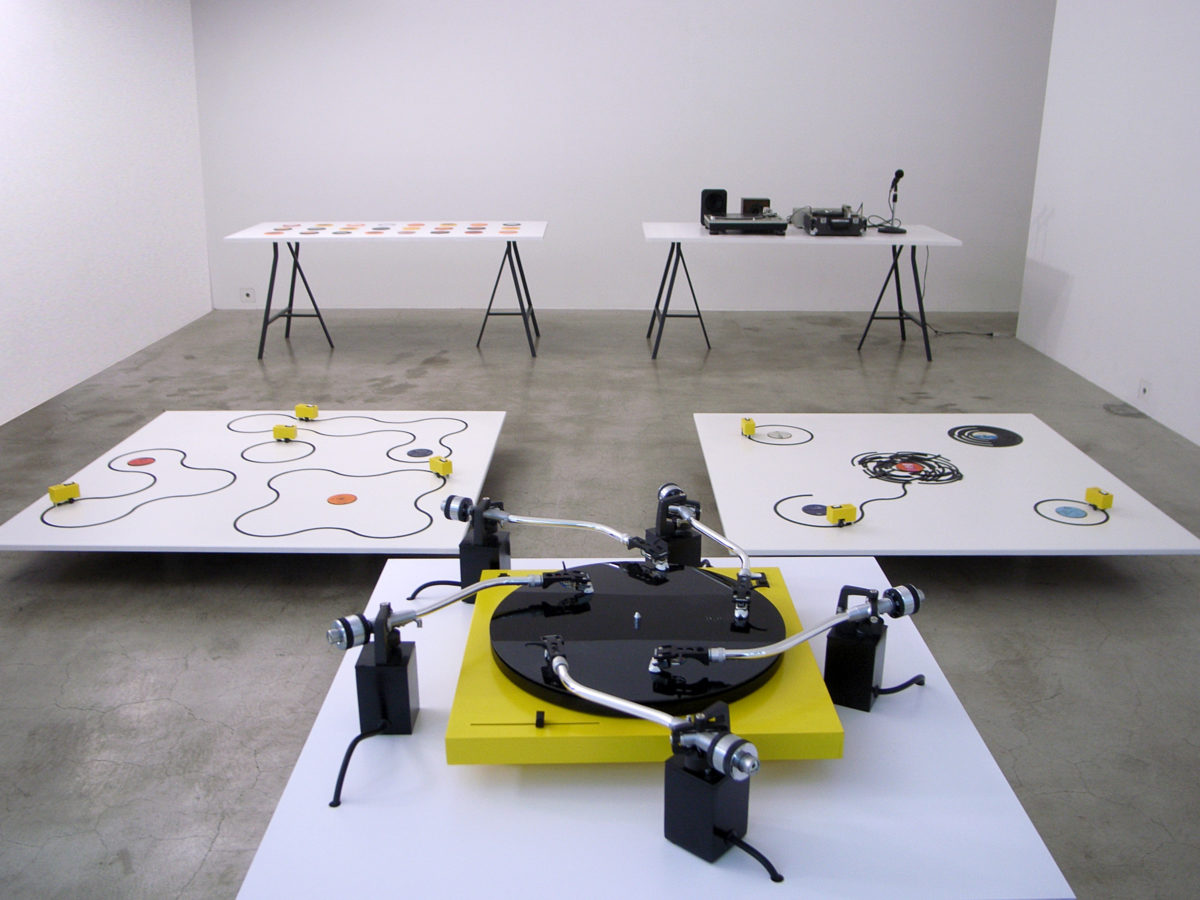The Physical Value of Sound consists of a series of products which allow people to realise the physicality of music. The media that surrounds us has changed from analog to digital–for instance, photography, film, and music. These days, most sounds are recorded only digitally. I feel uneasy about the digitalisation of music because I wonder if they will survive to the next generation. Digital–based music media is just “data,” in other words, “virtual.” When objects lose physicality, they become virtual. I strongly believe that records are still the latest, and the finest media in analogue recording technology. If you think of Edison’s gramophone record, it is clear that records can survive and can be listened to after hundreds of years. Records are still the latest, and the finest, media which is physical, and in this project I used this format as the raw materiel. My goal is for this project to provoke an experience and spark people’s interest in this physical form of music media.
* * *
Yuri Suzuki is a sound artist, designer and electronic musician who explores the realms of sound through exquisitely designed pieces. His work looks into the relationship between sound and people, and how music and sound effect their minds. His sound, art, and installations have been exhibited all over the world.
Suzuki was born in Tokyo in 1980. After studying Industrial Design at Nihon University, he worked for the Japanese art unit Maywa Denki (who created the Otamatone). He then moved to London to study Design Products at the Royal College of Art under the tutelage of Ron Arad. During this period, he also worked with Yamaha to produce musical experiences.
In 2013, he started teaching at Royal College of Art and became a research consultant for Disney, New Radiophonic Workshop and Teenage Engineering.
During this same year, he set up Yuri Suzuki Design Studio, focusing on R&D, sound and design consultancy work, and collaborations with many clients including Google, Moog, will.i.am, Panasonic and Disney, to name a few.
Later on in 2013 Suzuki created a DIY musical instrument, the OTOTO (comprising of a built-in synthesiser and sampler), with Mark McKeague and Joseph Pleass as Dentaku Ltd—to much public acclaim.
In 2014, Museum of Modern Art New York acquired his work OTOTO and Colour Chasers.
Yuri Suzuki and Yuri Suzuki Design Studio are based in London with an international client base, who are looking to push the boundaries of design, technology and sound.



